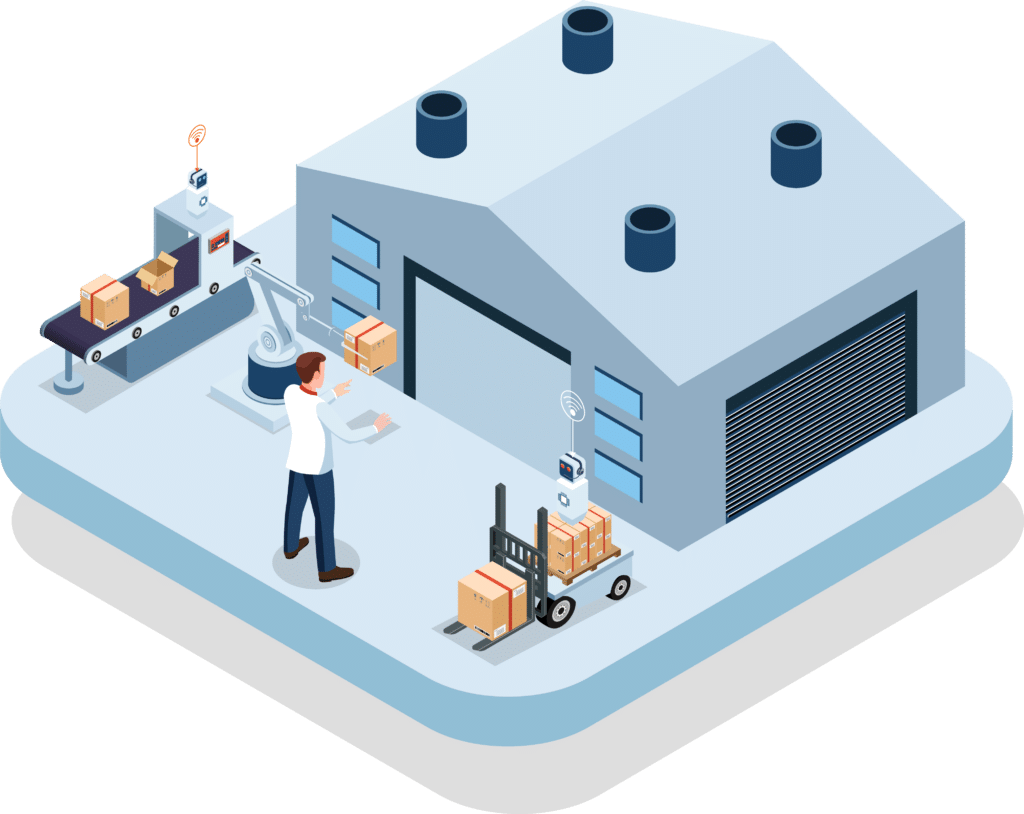The Symphony of Manufacturing
Imagine your business is a symphony orchestra, with each instrument representing a different component of your production process. You have sheet music (Bill of Materials) that details which instruments (materials and components) are needed to play the masterpiece (your final product). Your goal is to ensure each instrument is in tune and ready to play at the right moment without cluttering the stage with unused instruments. This is where MRP takes the conductor’s podium, facilitating harmony among these elements.
The Overture – Understanding MRP
Material Requirements Planning (MRP) is more than a tool; it’s the conductor of your production orchestra. At its core, MRP is a systematic approach to organizing and managing production. It helps you answer critical questions:
- What materials and components do I need to meet customer demand?
- When should I order these materials to ensure they arrive just in time?
- How can I minimize excess inventory without risking production delays?
The Score – Bill of Materials (BOM)
A crucial component of MRP is the Bill of Materials (BOM). Think of this as the sheet music for your symphony. It lists every ingredient and component required to create your final product. MRP understands the roles of each element in the production process, ensuring that every note is played in harmony.
The Conductor – MRP in Action

MRP, like a skilled conductor, takes the stage to bring your orchestra together. Here’s how it works:
- Inventory Management: MRP monitors your inventory levels, ensuring that you never run out of essential materials or overstock items that might become obsolete. It creates a fine-tuned inventory management strategy that keeps your resources optimized.
- Customer Demand: Just as a conductor listens to the audience’s applause, MRP tracks customer orders. It predicts the demand for your product based on historical data and current trends.
- Lead Times: MRP understands the tempo at which your suppliers deliver materials. It considers lead times to ensure materials arrive precisely when needed, preventing production interruptions.
- Safety Stock: Like a safety net for acrobats, MRP calculates the minimum amount of extra inventory to have on hand to mitigate unforeseen supply disruptions, ensuring your production process keeps moving.
The Production Schedule – Orchestrating Efficiency
With all these components in play, MRP creates a finely tuned production schedule that dictates when and how much of each component to order. This schedule ensures that you always have the right ingredients at the right time, reducing waste and cost inefficiencies. It’s like composing a symphony, where every note is timed perfectly.
 Cost-Efficiency
Cost-Efficiency
MRP isn’t just about maintaining harmony; it’s also about cost efficiency. By minimizing excess inventory, you save on storage costs and reduce the risk of holding obsolete items. Additionally, MRP helps identify cost-effective purchasing strategies, such as bulk ordering or sourcing materials from multiple suppliers, which can lead to significant cost savings.
Customer Satisfaction
The result of this MRP orchestration is a standing ovation from your customers. With products consistently available when needed, you build trust and loyalty. Your ability to deliver on time and minimize production interruptions sets you apart in a competitive marketplace. Your customers will become your biggest fans, spreading the word about your reliability and quality.
Scalability and Growth
MRP’s brilliance doesn’t end with organization; it’s also the key to scalability and growth. As your business expands, MRP adapts, ensuring that your production processes remain efficient and organized. This scalability enables you to take on new challenges and seize growth opportunities without missing a beat.
The MRP Curtain Call
Material Requirements Planning is your business’s hidden gem. It’s the conductor of your production orchestra, ensuring that all the moving parts of your manufacturing process work together seamlessly. From orchestrating inventory levels to adjusting production schedules on the fly, MRP is the key to maintaining the delicate balance between customer demand and cost efficiency.
So, if you’re looking to elevate your production organization and delight your customers, consider adopting the magic of MRP. It’s the symphony of success that will have your customers applauding and your competitors taking notes. Embrace MRP, and let your business take center stage.


